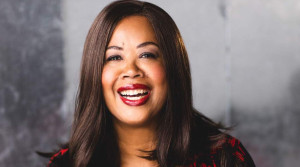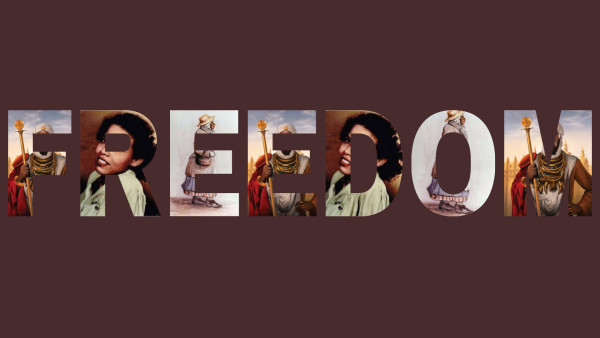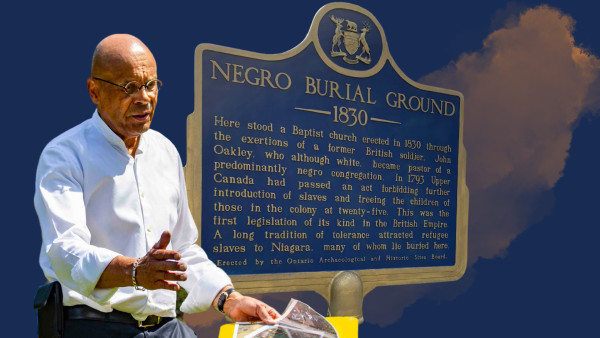It was therefore not surprising that I ended up in a meeting at the RBC Tower in Mississauga where I attempted to sell my masterpiece poem “The Immigrant Child” on canvas to an executive there. It was during that meeting in the Fall of 2016 that “The Fabric of Our Being” was conceived. I recall being told that two of the focuses for the bank in the upcoming year were “The International Decade for People of African Descent (IDPAD) and Canada 150. In the conversation that ensued, I was reminded that Black people are not newcomers and it’s important to tell that story. The decade had started in 2015 and almost two years later it had just taken root for me during that conversation. So I decided to listen to Dr. Maya Angelou’s lesson of “when you learn, teach”, and chose those two events as the theme for my 2017 Black History Month poster.
The poster was a success and was utilized by various school boards. I received invitations to celebrate with the UN at its New York Headquarters and shared this knowledge widely in large and small audiences, mostly in schools and among government officials and leaders in Diversity, Equity and Inclusion spaces. I found that hardly, if any hands were going up to say they were aware of this UN proclamation with its theme of “People of African Descent: recognition, development and justice.”
In the spring of 2018, after I saw a tweet from the Federal Government misquoting IDPAD’s acronym, I recalled that it needed more work and decided to resurrect the poster. It was originally designed as a simple quilt, for the history of hidden messages found in textile art during enslavement. This installation is an opportunity to shine a light on this important aspect of our history. The original idea was to put it in airports across Canada to bring awareness, educate and celebrate IDPAD. I started making phone calls and it was a slow start, with Via Rail being my first installation at Toronto’s Union Station and this was facilitated by The Hon. Dr. Jean Augustine. The Edmonton quilt followed, with the Edmonton School Board and this was to be displayed at the Edmonton Airport, and then the pandemic happened shortly thereafter. This installation is still pending.
I decided to immerse myself in the knowledge of the proclamation to ensure that I could speak to it and stumbled upon the clause “erecting monuments at arrival and departure points in countries that have benefited from the transatlantic slave trade” and started researching who is responsible for erecting monuments in Canada. It was then that I stumbled upon The Historic Sites and Monuments Board of Canada (HSMBC), “whose responsibility it is to advise the Minister of the Environment and through them, Parks Canada on the commemoration of nationally significant aspects of Canada’s past, including the designations of historic sites, persons and events”.
In the research, I found that of the over 2000 designations, a very small number of those were of people of African descent, so I started seeking out subjects to nominate. To date, four of my nominations have been designated:
The Enslavement of African People in Canada
The West Indian Domestic Scheme
George Dixon
Celebrations of Emancipation Day
I have approximately ten other subjects pending before the HSMBC Board. They also employed me on a quest to educate Canadians on their existence and function in an effort to get a more diverse representation. As for the installations, there are approximately 120 thus far, with the majority of them found in schools. The Ontario Police College, along with two Regional Police Services, York and Durham also boast quilts and I wish to get a lot more justice organizations involved. My goal is to get to at least 1000 installations and I am well on my way there.
To further advance IDPAD, I have created a not-for-profit foundation called The Nadine Williams Pen Foundation. An inaugural event of my foundation will take place in the latter part of 2024 and sponsors have already stepped forward to bring this to fruition. Hydro One and its Black Employee Resource Circle is the first contributor to the foundation. More information is forthcoming on the foundation and this initiative.
There is still much work to do to share the knowledge of the vast contributions of People of African Descent to the Fabric of Our Being here in Canada and abroad and we can all play a part.
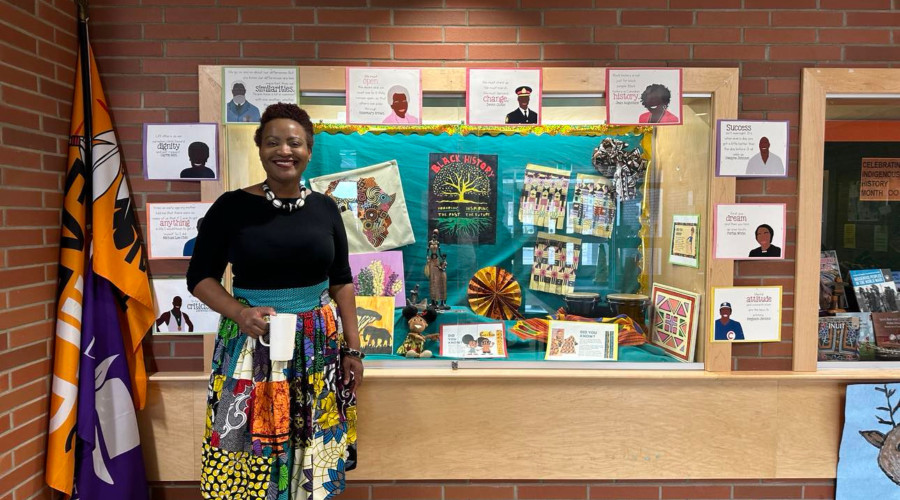
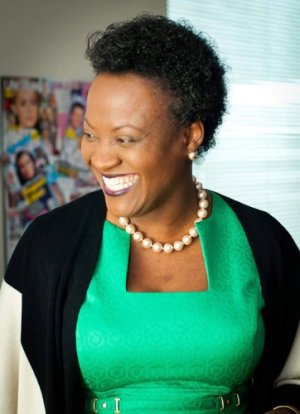 By
By 




